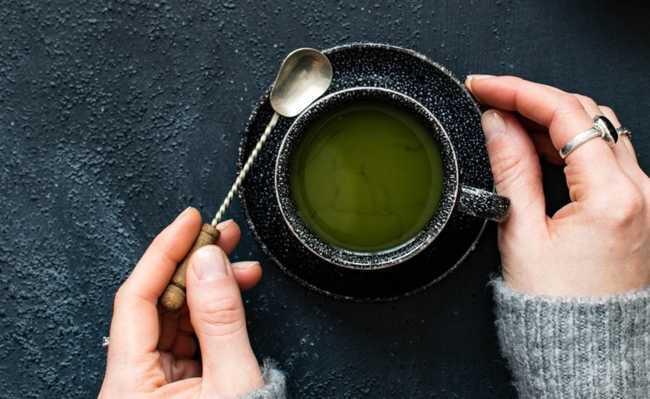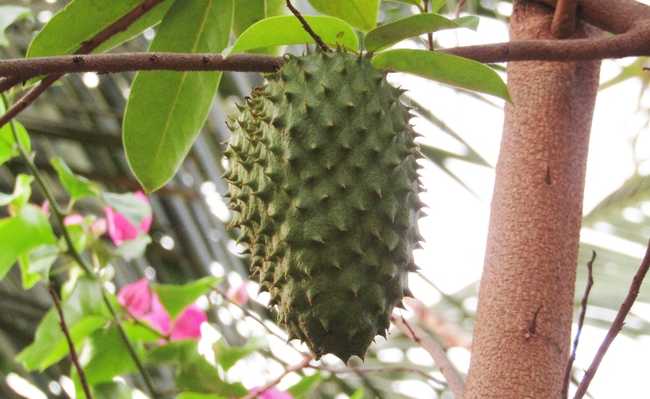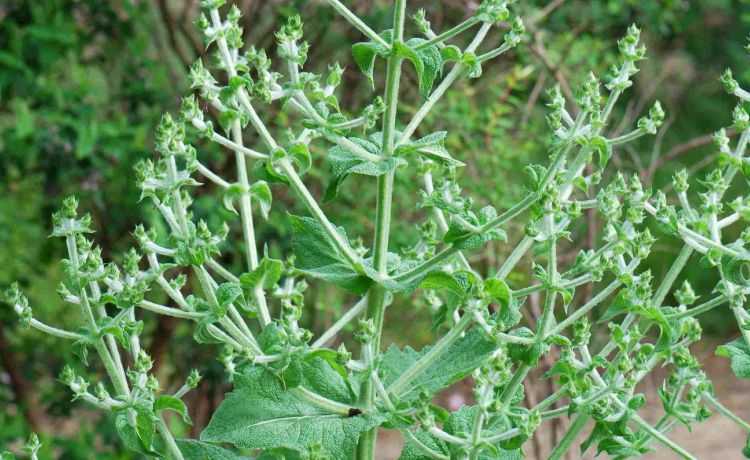enjoy the banana peel
Banana peel does not have to go to waste. It has a lot of fiber and can even be included in recipes.

Image by Louis Hansel @shotsoflouis in Unsplash
The fate of banana peels doesn't have to be garbage. In addition to having several possibilities of use, such as shining shoes and even whitening your teeth, did you know that banana peel is very healthy and can even be consumed? That's right! In addition to generating savings and reducing waste, eating banana peel is very nutritious. In India, for example, people have benefited from their nutritional advantages for decades.
- How to make green banana biomass and what are its benefits
According to the Food and Agriculture Organization of the United Nations (FAO), bananas are the second most consumed fruit on the planet, with 11.4 kg/inhabitant/year, second only to oranges, with 12 .2 kg/inhabitant/year. Bananas are very popular and their “natural packaging” makes their consumption very practical.
Remember that the peels should only be consumed if they are made from organic bananas. Barks accumulate large amounts of pesticides, which are very harmful to your health. But even so, the peel can have several other uses for everyday life (Check out some uses for past bananas and peels). Banana peel whitens teeth and can also be used to polish shoes.
- Home Methods to Whiten Teeth
- Organic urban agriculture: understand why it's a good idea
While the "flesh" of a banana is smooth and sweet, the skin is thick, stringy, and slightly bitter. To eat the skin, you can mix it in smoothies, fry, bake or cook for at least ten minutes. Heat is important to break down the skin's fibers and thus soften the tough texture, making the peel easier to chew and digest.
Also, the more ripe the banana is, the thinner and sweeter the skin will be. This is due to a natural plant hormone called ethylene, which fruits release as they ripen. Ethylene interacts with the sugars and fibers in the banana peel, turning complex sugars into simple sugars and breaking down pectin, a fiber that keeps it stiff. It is for this reason that ripe fruits are more sensitive and susceptible to “bruising”.
Eating banana peels is not only good for your body, it's also better for the environment. Most people throw the bark away, which means a lot of organic waste. Most of this waste goes to landfills, but it can be used as fertilizer, in water purification, and in compost.
- What is compost and how to make it
nutritional benefits
Banana is a fruit rich in vitamins A and C. The skin has a very high mineral content compared to the fruit. The ingestion of the bark is a good alternative for increasing minerals in the diet. The skin contains high amounts of vitamins B6, in addition to magnesium and potassium. It also contains fiber and protein.
Banana peels contain tryptophan, an essential amino acid that increases levels of serotonin (the same hormone released when we consume chocolate) in the body and positively affects mood. According to studies, if properly treated, the banana peel is a cheap source of carbohydrates and minerals, being identified as a good option for feeding farm animals.
In addition, it is rich in fiber that promotes bowel movements, aids digestion and can lower blood cholesterol levels. Thus helping to prevent cardiovascular disease, stroke and cancer (learn more about foods with fiber). The resistant starches present in the banana peel become food for bacteria that live in the large intestine naturally. In the digestion of this starch, bacteria produce substances that are good for our body and help prevent various diseases, such as cancer and diabetes.
Banana peels are rich in polyphenols and carotenoids, which are phytochemicals with antioxidant properties. They reduce oxidative stress and neutralize free radicals in various organs, including the skin. One is lutein, a carotenoid that protects the eyes from free radical damage, cataract and macular degeneration risks, and filters out harmful UV rays.
How to eat banana peel
There are places in the world where eating banana peels is a natural habit. In some cultures, the banana peel is fried as a delicacy. In eastern India, husks are used for many dishes and some desserts.
In some Asian countries, the whole banana is cooked, with the skin and all. Some even cut the banana skins and dry them in the sun, and then cook them. The peels can be added to various recipes, from banana peel cake to crazy peel (a vegan version of crazy meat), just use your creativity and thus nourish yourself, generate less waste and also save money!
- Vegan philosophy: know and ask your questions
- The dangers and cruelty of animal confinement
Check out a simple and delicious banana peel cake recipe
Ingredients:
- 2 banana peels - wash the banana under running water before peeling it;
- 2 tablespoons of flaxseed powder;
- 6 tablespoons of water;
- 2 cups (tea) of almond milk;
- 2 tablespoons of coconut oil;
- 3 cups (tea) of sugar;
- 3 cups (tea) of breadcrumbs - can be bought ready-made, or you just have to blend the old bread in a blender until it turns into a flour;
- 1 tablespoon of baking powder
- Eight recipes to replace the egg
Method of preparation:
Wash and peel the bananas. Soak the flaxseed in water for ten minutes. Blend the flaxseed, almond milk, coconut oil, sugar and banana peel in a blender. Pour this mixture into a bowl, add the breadcrumbs and mix well. Finally, gently mix the yeast and pour the dough into a greased and floured pan. Bake in an oven, at medium temperature, for approximately 30 minutes.
- Learn how to reuse peels from other fruits and vegetables
In this video, produced by the team from eCycle portal , we teach a homemade method to clean fruits, vegetables and vegetables, which can help when reusing the banana skin, but do not let the skin soak in baking soda for a long time because it can increase the bitter taste:
Recipe: Everything yummy. Source: Business insider










